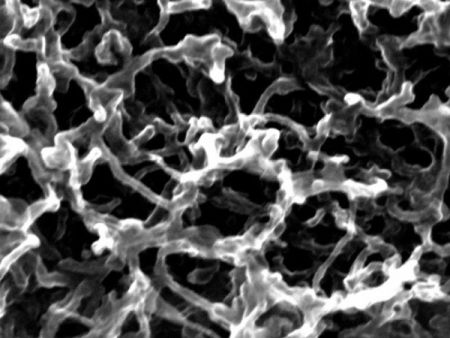Using the nanoparticles of hydrous ruthenium oxide (RuO2) by first modifying them via carbon nanotubes (CNT) and graphene foam as the electrode material for the supercapacitor, the researchers at the University of California Riverside have developed an innovative energy storage device. They have simply called it a supercapacitor, which technically is a hybrid between a supercapacitor and a pseudocapacitor.
Once the electrodes were formed via the modification (mentioned above), they were then added in an aqueous electrolyte. The resultant combination provided higher energy with more power density supercapacitors than the currently commercially available device.
The hybrid foam of graphene-and-nanotube was dunked into a semiliquid mixture of RuO2. This gave rise to a thin layered graphene foam architecture which was wrapped up with hybrid networks of RuO2 nanoparticles and anchored nanotubes. This design converges the high conductivity property of supercapacitor’s and high specific capacitance of pseudocapacitor’s.
Supercapacitors are also known by the name of ultracapacitors. Lately, they have earned significant interest amongst the experts mainly because they have relatively higher rate of charging and discharging properties, outstanding stability, longevity and ultra high power density. These are the most sought-after properties for applications like EVs and portable electronics. However, supercapacitors provide standalone power sources in systems that require not more than 10 seconds of power delivery.
The team at UC Riverside is working towards fabricating nanostructured materials that could be commercially used for high energy density supercapacitors.
The newly formed graphene foam electrode system also exhibited a convenient and effective binder-free mechanism that would lead to the fabrication of high-energy supercapacitor electrodes. Hence, making an easy and promising passage for developing future energy storage applications.
Source: University of California – Riverside & IEEE Spectrum




